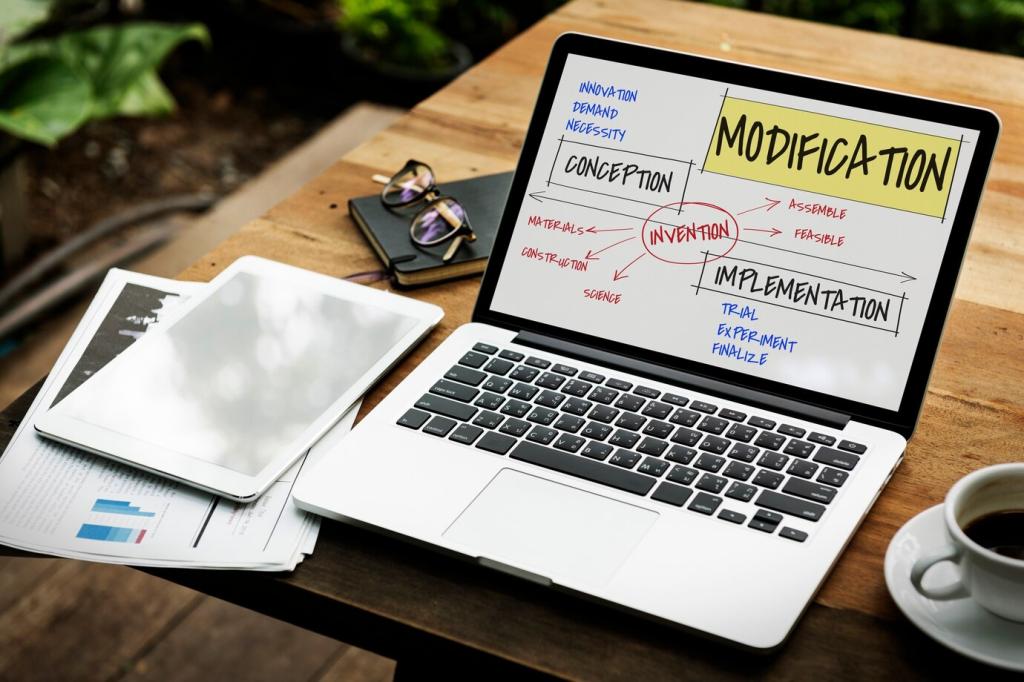Why Accessibility Testing for Mobile Applications Matters
Accessibility testing turns abstract empathy into actionable design. Think of a commuter using TalkBack to check train times, or a new parent juggling one-handed navigation. Your testing decisions shape these moments. Share a time accessibility helped you—or didn’t—and let’s learn together.
Why Accessibility Testing for Mobile Applications Matters
WCAG 2.2 guidelines, ADA considerations, and regional policies signal increasingly clear expectations. But beyond compliance, the real value is reliable usability for people with diverse vision, hearing, motor, and cognitive needs. Comment below if your organization aligns testing goals with WCAG success criteria.




